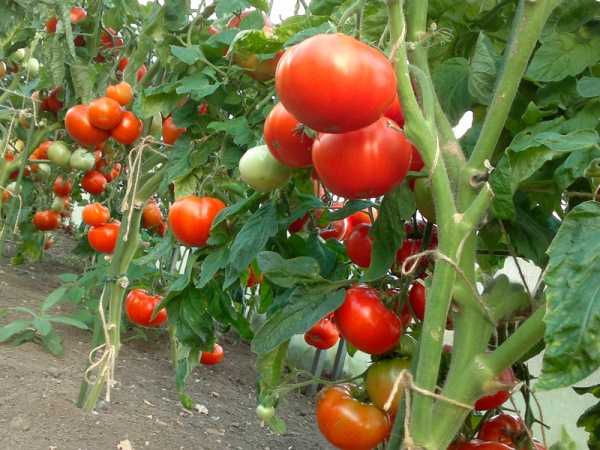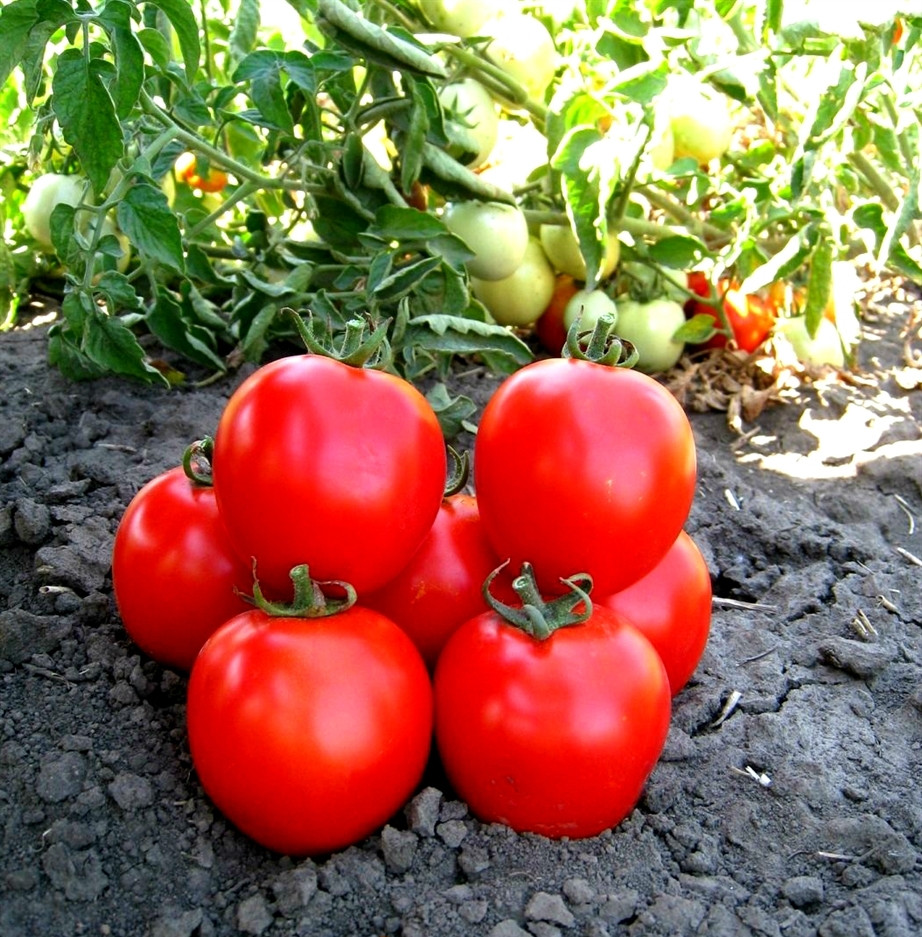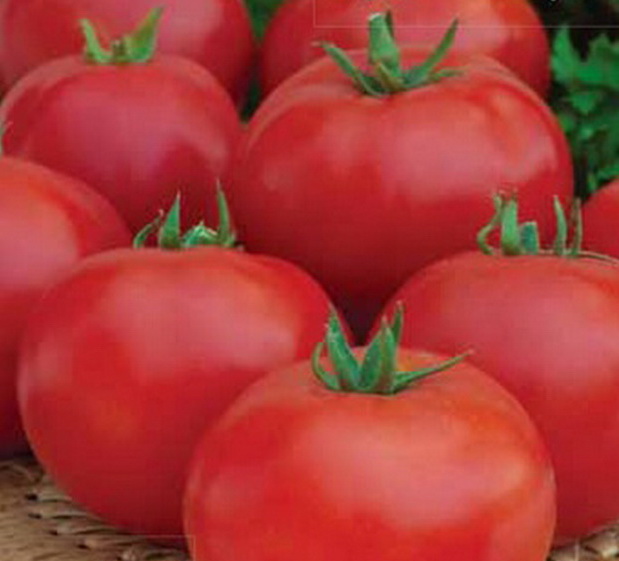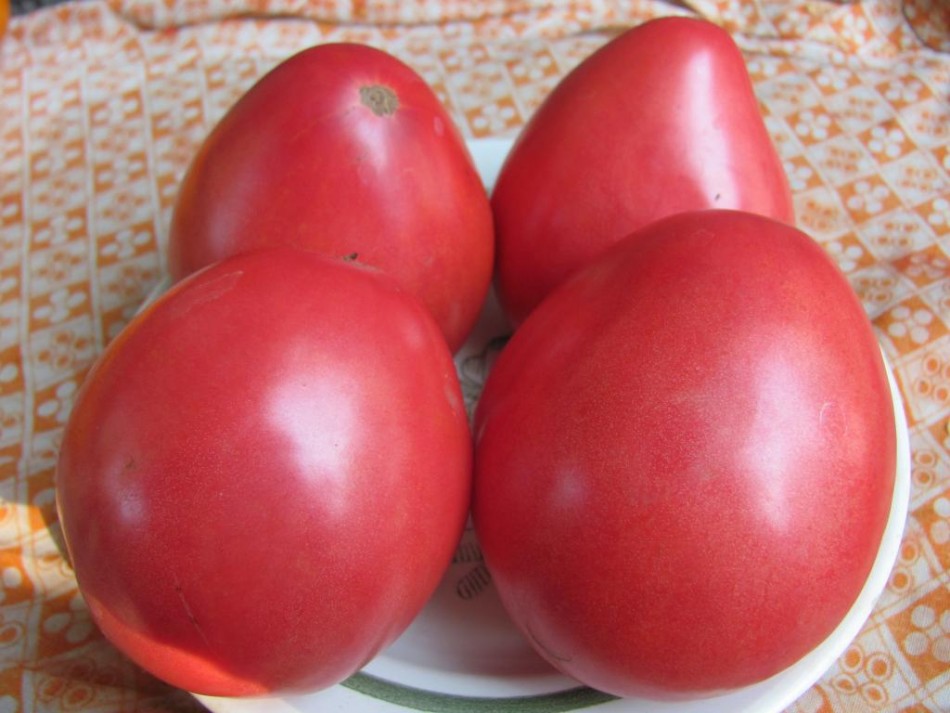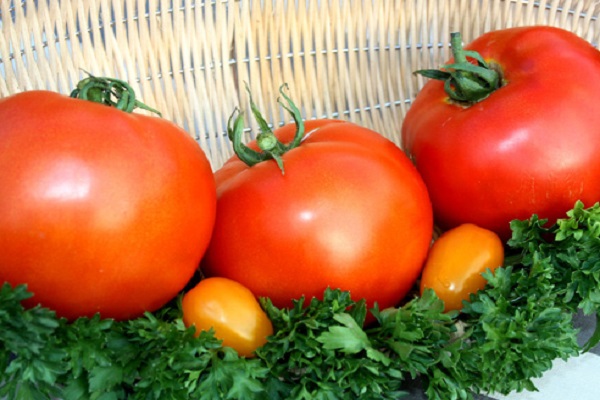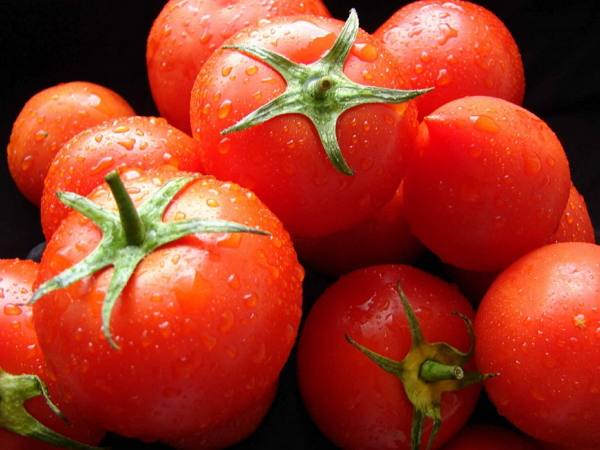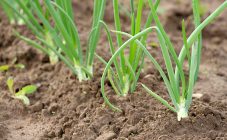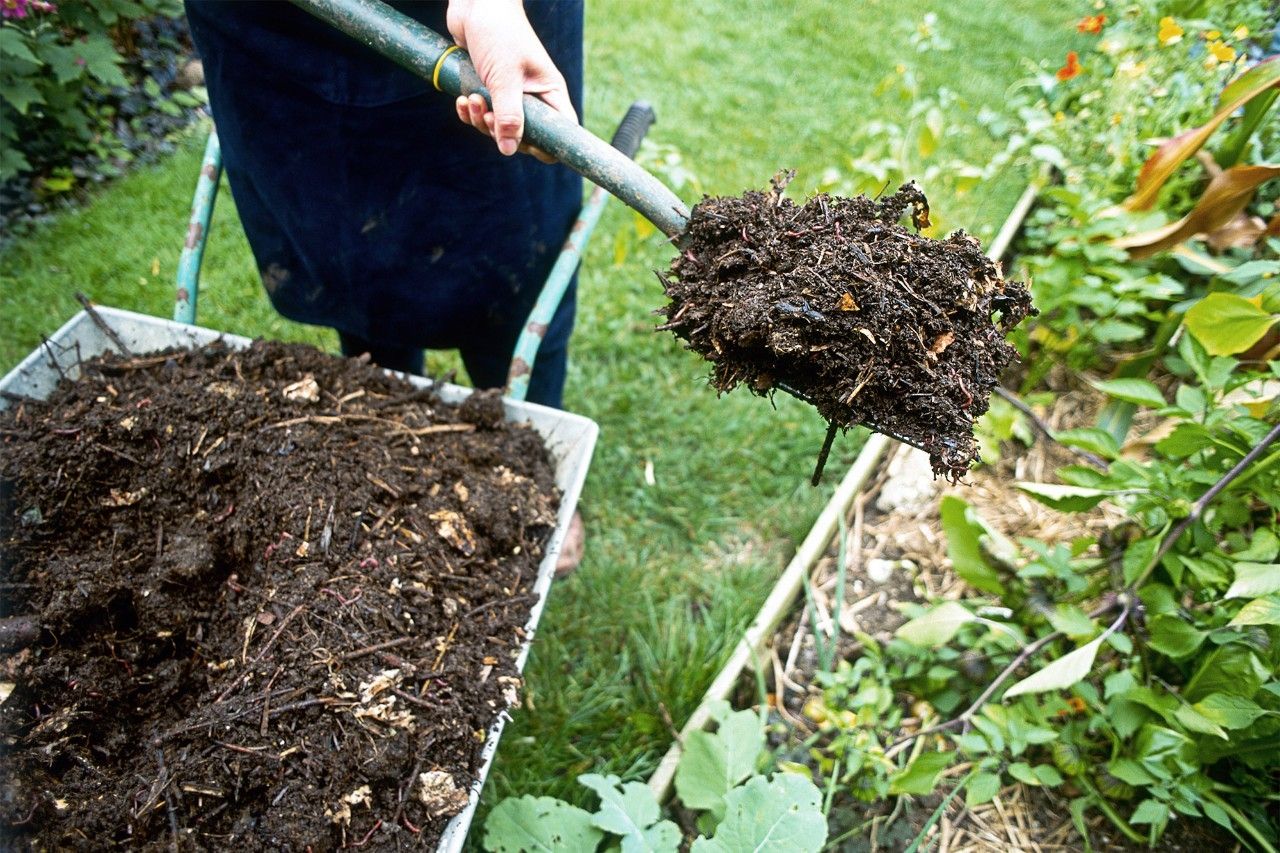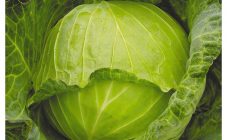Content:
In late winter - early spring, summer residents begin to purchase seeds for subsequent planting. At this moment, the question is especially acute: what kind of tomato to choose. It is impossible to guess, because the harvest depends on the correct choice of the variety. Every detail is important in this varietal confusion. This article will consider varieties of tomatoes for the Krasnodar Territory.
When choosing tomatoes, be sure to pay attention to their growing conditions. Do not think that plants intended for planting in open ground will produce good crops in a greenhouse, and vice versa.
general information
Contrary to popular belief, a tomato is essentially a berry. Its appearance in the Russian Empire fell on the time of Catherine II. At first, the bushes were only used in greenhouses for beauty. Tomatoes gained popularity and recognition only in the next century. This delay was caused by the fact that the pets that ate the greens of the new plant became ill and sometimes died. Even pests avoided tomatoes. Therefore, the fruits were not credible.
The fact that tomatoes are edible was discovered quite by accident. An Indian in America fled from the Europeans pursuing him. He did not want to be taken prisoner. Realizing that the chase could not escape, the Indian decided to die. To do this, he chose the surest way: to gorge on tomatoes. In front of the amazed hunters, he ate all the fruits from the "poisonous" bush and waited for death. To the surprise of everyone present, nothing happened to him, and he was captured. After that, the Europeans themselves appreciated the taste properties of ripe tomatoes. Much later it turned out that the tomatoes themselves are poisonous only in their green form, but the foliage and tops are always.
At first, in our country, this culture grew exclusively in greenhouses - a northern country and the tomatoes did not have time to ripen. To date, varieties for planting in open ground have already been bred, especially in the southern regions.
When choosing a variety of tomatoes for open planting, it is necessary to take into account the properties of the soil in which it is planned to get a bountiful harvest. When going over acidity, add ash. Do not forget about fertilizers.
Planting tomatoes is possible after the seedlings reach 15-17cm. Each plant should have its own hole. The distance between them should be at least 40 cm. In the process of growth, the stems must be tied up. Water - at the base of the stem. The ground must be constantly moist. Otherwise, the leaves will begin to wilt and fall off.
Tomato varieties for Krasnodar Territory: open ground
Growing tomatoes in the open field in the Kuban is quite common. For this, seedlings are often not even used. Seeds are planted directly into the ground.
Tomato Aswon F1: characteristics and description of the variety
Essentially a hybrid.One of the main varieties of tomatoes for the Krasnodar Territory in the open field. Ideal for lovers of salted tomatoes. The fruits are small and firm. The shell is not tough, so it will be perfectly preserved in salted form. The shape of the tomatoes is round, elongated at the edges. The yield is high. By the time of ripening - early. The bushes are compact, so there will be a lot of them on the garden bed, correct cultivation will guarantee a rich harvest.
The average weight of one fruit is 70g. However, they can reach 100g.
Pros:
- High yield (up to 10 kg per bush);
- Disease resistance;
- Unpretentiousness;
- Small size;
- The fruit is well suited for canning without cutting.
Minuses:
- It makes no sense to take seeds from the resulting crop - they will not give the same results.
- Requires abundant soil feeding during the fruiting period;
- Thinning of foliage and installation of support at the stem is required.
Tomato Gift of the Kuban: characteristics and description of the variety
This variety is intended exclusively for mild climates with a lot of rain. However, he will not be afraid of drought either. The bushes reach a height of 70 cm. It is intended for planting in open ground. Small fruits - up to 110g. The yield is lower than that of Aswon F1. Ripening time is average.
Pros:
- Low height;
- The fruit is well suited for canning without cutting;
- Relatively high yield - 5 kg. with m²;
- High resistance to disease.
Minuses:
- Fruits often attract pests during the ripening period. Therefore, during this period, the gardener needs increased attention.
Tomato Novelty Kuban: characteristics and description of the variety
These tomatoes were bred for the Kuban purposefully, which is reflected in the name. It is planted in open ground. The height of the bush is up to 40 cm. Ripens later, so it is not suitable for everyone. From the moment of planting to the moment of ripening, it takes up to 5 months. However, the entire crop can be harvested in one go, rather than picking several ripe tomatoes at a time. These tomatoes are often planted for later sale.
Fruit weight reaches 110 g. It was first bred more than 35 years ago, but still enjoys well-deserved popularity among gardeners. The shape of the Kuban resembles a heart.
Pros:
- The small size of the bush;
- Allows to apply mechanization when harvesting;
- High yield (up to 7 kg per bush);
- Weakly susceptible to cold and disease;
- Due to their shape, the fruits are ideal for industrial harvesting.
Minuses:
- Late ripening.
Tomato varieties for greenhouses in Krasnodar Territory
It is much easier to grow Krasnodar tomatoes in a greenhouse, therefore there are varieties for greenhouse cultivation. Consider what varieties exist for growing tomatoes in a greenhouse in the Kuban:
Tomato Pudovik: characteristics and description of the variety
Unlike those previously discussed, this is a large tomato variety. They are fleshy and many consider this Kuban tomato to be the best of the heavyweight representatives of the culture. Bushes are much more powerful, require support, otherwise they can break. Ripening time is average. Fruit weight - up to 1.2 kg. Shape - elongated heart-shaped. In the open field, the height of the bush is up to 120 cm, in the greenhouse - up to 180 cm.
Pros:
- Large fetal mass;
- High yield - up to 20 kg per m², provided that no more than 4 bushes are planted in this area;
- Ideal for preparations: juice, lecho, tomato ketchup;
- Delicious in salads;
Minuses:
- Requires constant care and fertilization;
- Susceptible to certain diseases;
- Supporting structures are needed;
- Shows its best in humid climates.
Tomato Fatty F1: characteristics and description of the variety
A greenhouse or open ground is his habitat. Moreover, in the first case, the yield from one bush is much higher. This is also a hybrid. The fruits are large - over 300 g, while the bushes are not very large - no more than 80 cm. The ripening period is average.The first ripe tomatoes will appear 110 days after seed germination. The shape is a ball. On the bush, brushes with tomatoes are formed.
Pros:
- Large fruit weight;
- Great taste;
- High resistance to disease;
- Good yield for greenhouses - up to 9 kg. per m²;
- It is used both fresh and canned.
Minuses:
- Seeds are not formed for the next year;
- Supporting structures are needed, including for brushes with tomatoes;
- Requires constant care and fertilization;
- They love insects.
Tomato Krasnodarets: characteristics and description of the variety
The main habitat is a greenhouse. It belongs to the early varieties of tomatoes for the Kuban. Ripening time - about 3 months. Small bushes - up to 60 cm. Fruit weight - up to 110 g. The shape is elongated, plum-shaped. This variety is unassuming, well suited for mechanized harvesting. Because medium-sized fruits, ideal for whole canning.
Pros:
- High yield - from 6.5 kg per m², taking into account the low weight of the fruit;
- High resistance to disease;
- Unpretentiousness;
- Due to their shape, the fruits are ideal for industrial harvesting.
- They are extremely tasty and aromatic.
There were no drawbacks for this tomato variety.
Diseases of tomatoes
There are several main diseases of tomatoes:
- Mosaic. The disease is not very dangerous, although it belongs to the viral. The main reason is contaminated seed. When this disease manifests itself, it is necessary to remove the infected plant along with the ground, and the soil requires treatment with a solution of potassium permanganate.
- Brown spotting. This is a fungal disease. It starts with light green spots on the back of the leaf, and ends with the ripening of fungal infections and the death of the plant. They are treated with garlic, crushed in water, with which the affected leaves are rubbed.
- Top rot. The disease is serious. Threatens to lose most of the crop. Physiological disease - from improper care. Watery neoplasms form on the tomatoes, and then the fruits turn brown and die off. Calcium chloride is used for treatment.
- Alternaria. An even more serious disease. Can kill 5/6 of the total harvest. First, grayish-brown spots appear on the leaves. With the development of the disease, the bush dies. If signs of disease are found, it is necessary to treat the bush with fungicides.
Thus, cultivating tomatoes is not an easy task. However, with the right approach, the result will certainly delight the gardener. To do this, first of all, you need to choose the right time when to plant tomatoes in open ground in the Kuban.
